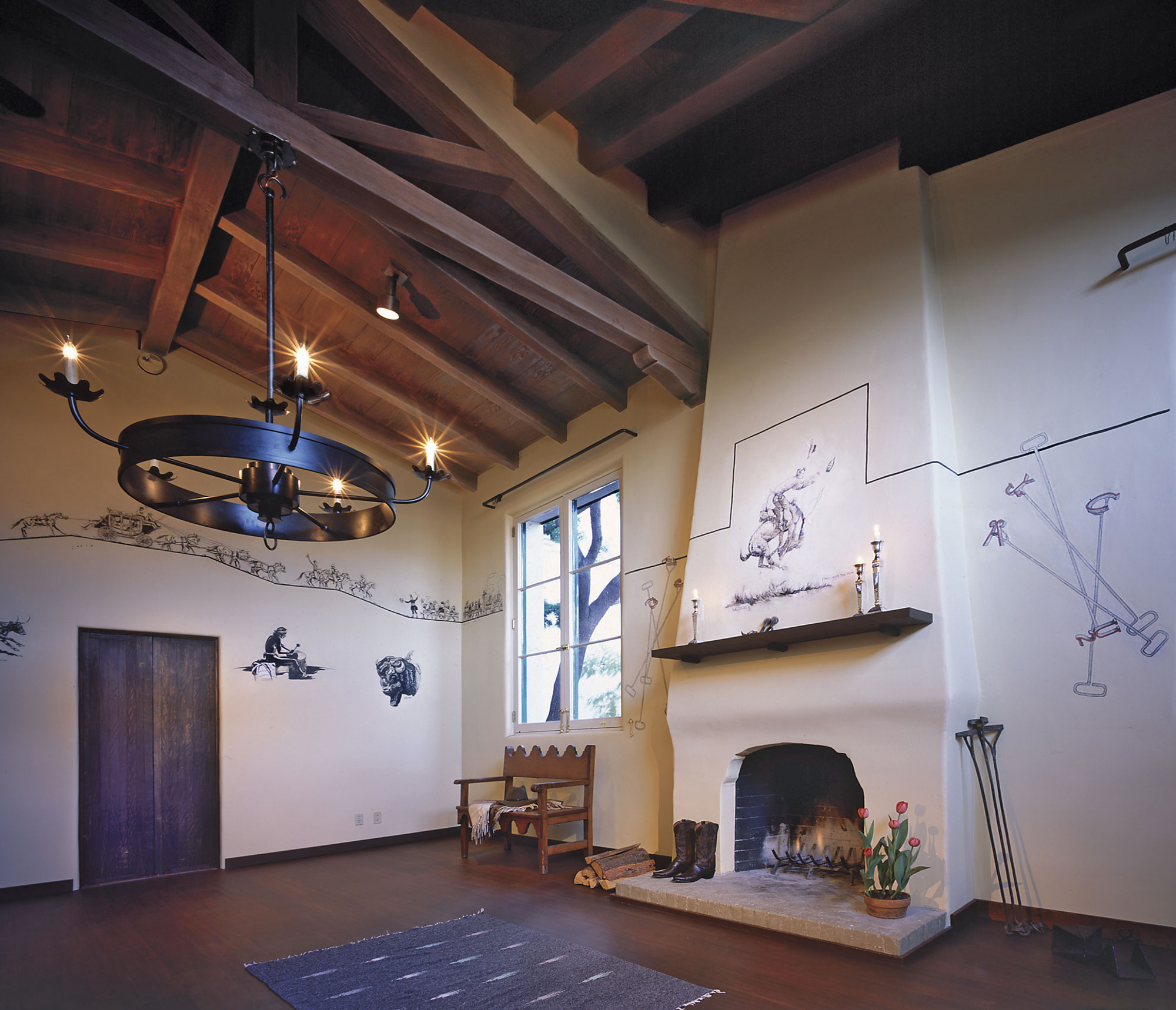
24 Jul Perspective: Los Rancheros Visitadores
One hundred years ago, on the oak-studded, grassy pastures of California’s Central Coast, it was customary for the native cowboys, the vaqueros, to ride from ranch to ranch at branding time, gathering up cattle in preparation for that quintessentially Western ritual. They were ranchero visitadores, or visiting ranchers.
But when the new century dawned, the march of modernity — powered in part by the internal combustion engine — left this neighborly practice in the dust, much to the consternation of the still-living generation of cowboys who’d taken part.
Celebrated cowboy artist Ed Borein, whose etchings and paintings of the Old West are considered on a par with those of Charles Marion Russell and Frederic Remington, was among them. But instead of bemoaning the loss, in 1930 he co-founded a club to uphold, in spirit anyway, the old ranchero visitadores. Beginning that very spring, he and 64 other nostalgic cowboys rode their horses from coastal Santa Barbara over a mountain pass and into the cattle-rich Santa Ynez Valley. There they relived the vaquero life, camping, roping and everything else cowboy. The club, Los Rancheros Visitadores, still rides today.
The rich history of the club’s early days was a catalyst for last year’s restoration of Los Rancheros Visitadores’ very first meeting room, located in El Paseo, a rambling, Spanish colonial revival mall in the heart of Santa Barbara. Until 1945, this open-air complex, designed by James Osborne Craig and set around a courtyard, also accommodated Borein’s studio.
The other catalyst for the restoration was the wealth of Western art that found its way onto the room’s beige walls: Seven original images were inked or painted there by Borein contemporaries Carl Oscar Borg, Will James, Frank Tenney Johnson, Joe de Young, Eunice MacLennan (the only woman) and, of course, Borein himself.
The pieces, completed between 1934 and 1936, offer seven variations on the Western theme. Borein’s Cowboy Roping Steer displays his mastery of detail, from the horse’s hair to the sinews of the steer’s muscles. Carl Oscar Borg, known for interpreting Native American customs, offered an Indian drumming.
Because they lack canvases, frames or even separate background colors, the illustrations have a spontaneous quality, and seem to almost float on the wall, like cave paintings. But the other side of that coin is vulnerability. In fact, the Ranchero Room illustrations have been at risk on numerous occasions in the previous two decades.
The Santa Barbara Trust for Historic Preservation retains an easement over any changes to El Paseo’s external features and to the internal features of three historically significant rooms, including the Ranchero. Last year, when a long-term tenant vacated the room, a host of damaging modifications were exposed: molding was applied below the ceiling covering the Joe de Young frieze; the open-beamed, dark-wood ceiling had been white-washed; and wainscoting was added to the walls below the illustrations.
The Trust asked Patty West of South Coast Fine Arts Conservation Center to coordinate a full restoration of the room which is now part of an office suite that is currently available for lease through the Sima Corporation. It wasn’t the first time she had rescued parts of Borein’s haven. In 1990, when the building underwent seismic retrofitting, she showed contractors — faced with cutting away plaster adjacent to the drawings, and even a few of the drawings themselves — how to protect the art. This time, however, she would get to take the room completely back.
“The first step was to remove anything not original,” said West. Big holes were left where molding was removed. Water damage resulting from cracked tiles outside one of the windows had imperiled the Frank Tenney Johnson mural. Cracks in the plaster from earthquakes and the building settling were other problems. It was a huge job, said West.
Cindy Lube Golson was brought in to do all the sanding, plastering and painting that was clear of the drawings. West was responsible for the drawings, in-painting lost or discolored areas and feathering out a blend of beige colors so that the original background, tarnished in places, would match the rest of the room. The open-beam ceiling was returned to the original color, door frames regained their authentic, rounded bullnose edges and the fireplace got a more authentic hand-hewn mantel. The whole process took nine months.
To have such a concentration of Western artists represented in one location, and in such a unique way, is rare. For West and Lube Golson, that fact made the work all the more satisfying.
“Cindy and I worked so hard, and had so many obstacles and pressures,” said West. “But for us, it was historically important and fun to really bring it back.”
- Eunice MacLennan contributed a portrait of a bull bison. The Santa Barbara artist and teacher was the only woman to contribute to the room’s gallery of art. Few were aware of this until recently however, as she signed her drawing using her first initial only.
- The Frank Tenney Johnson piece required more restoration work than any of the room’s other artwork because water leaked onto it from the window directly above it and from a crack in the roof.
- Will James’ “The Hell With the Reins”, above the fireplace, incurred damage from both water and heat over the years and, according to Patty West of South Coast Fine Arts Conservation Center, seemed ready to crumble in places.
- Joe DeYoung’s frieze, which wraps around the upper wall, was in danger before the restoration, as molding was put on top of it by the previous tenant.
- Channing Peake’s Indian is the room’s only piece to employ color. Peake, a Santa Barbara resident, lived and worked with famed Mexican artist Diego Rivera for a number of years.
- Ed Borein works on his Ranchero Room drawing, “Cowboy Roping Steer”, which displays his mastery of detail.






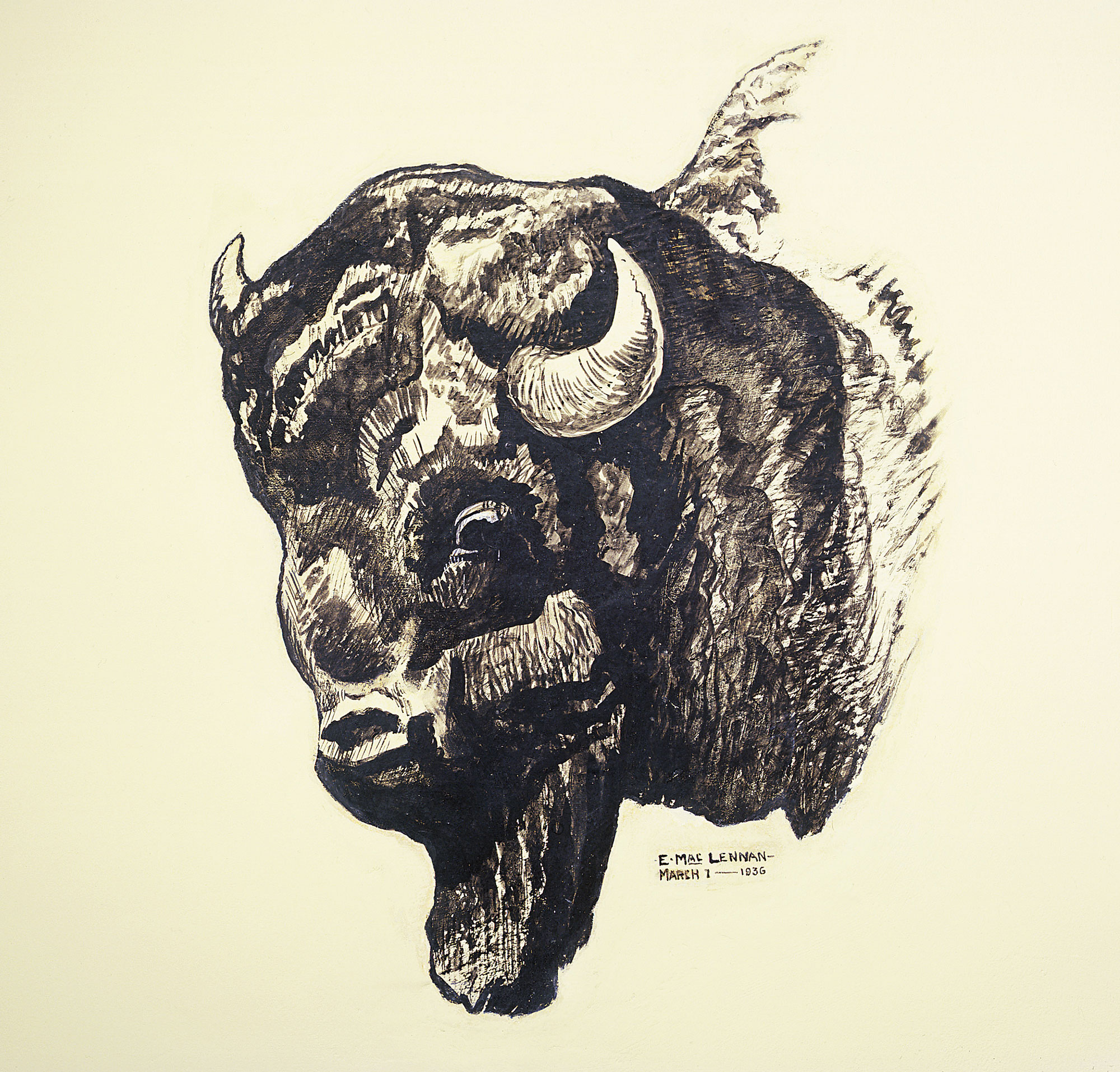
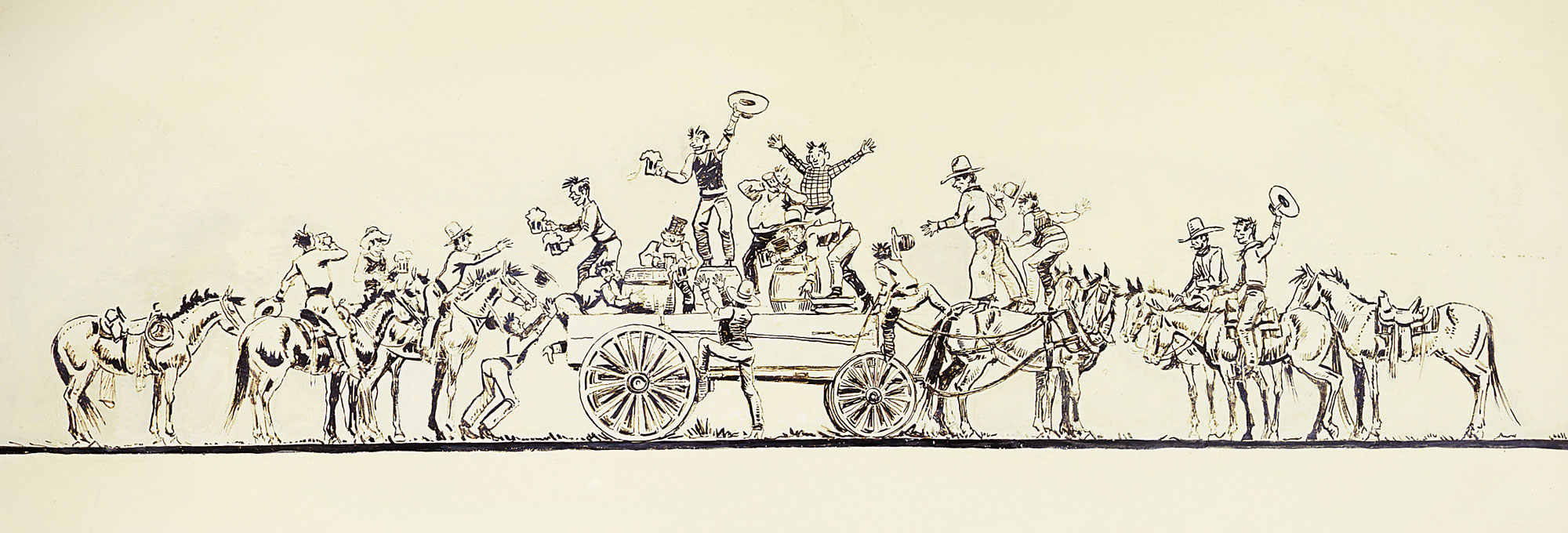
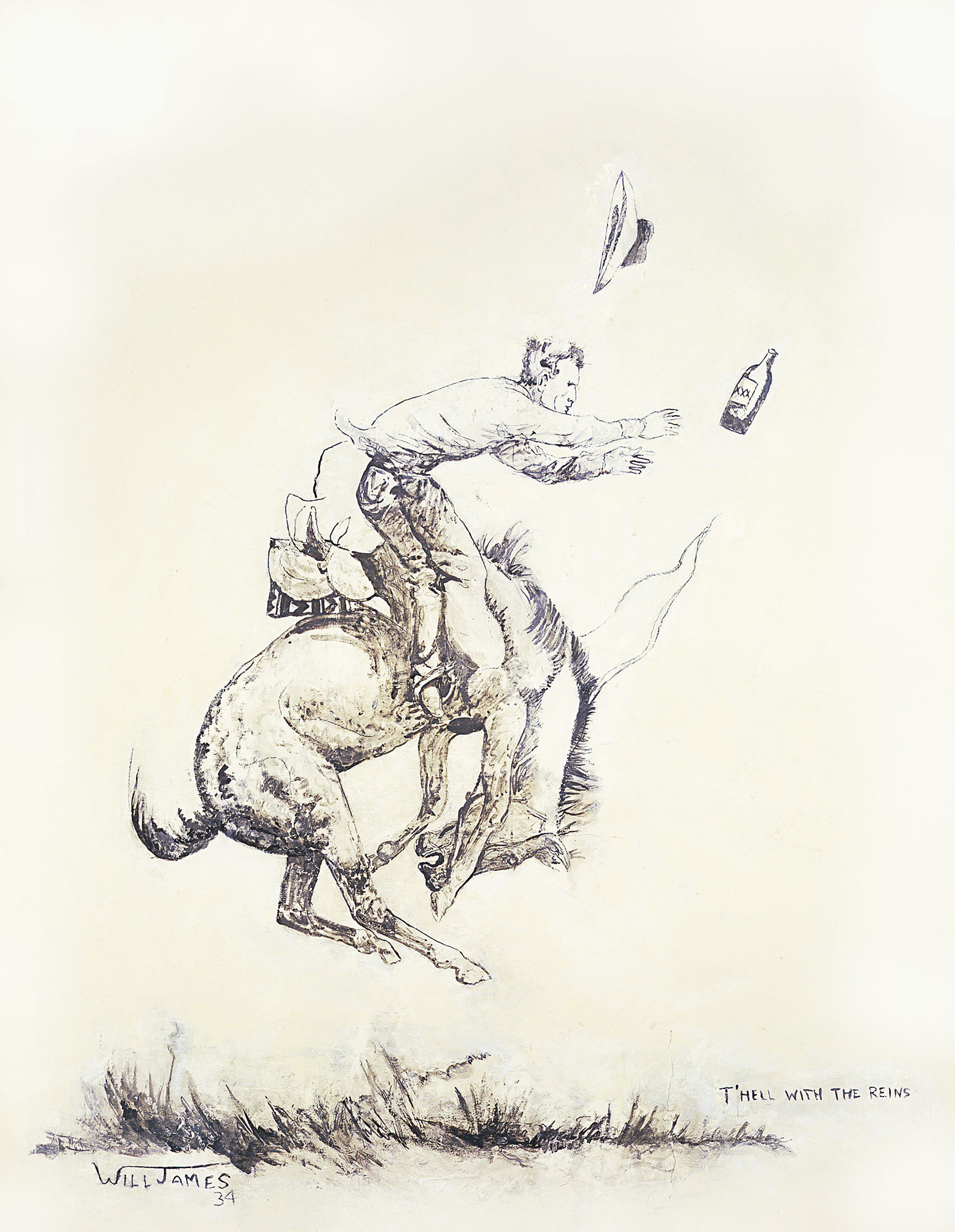
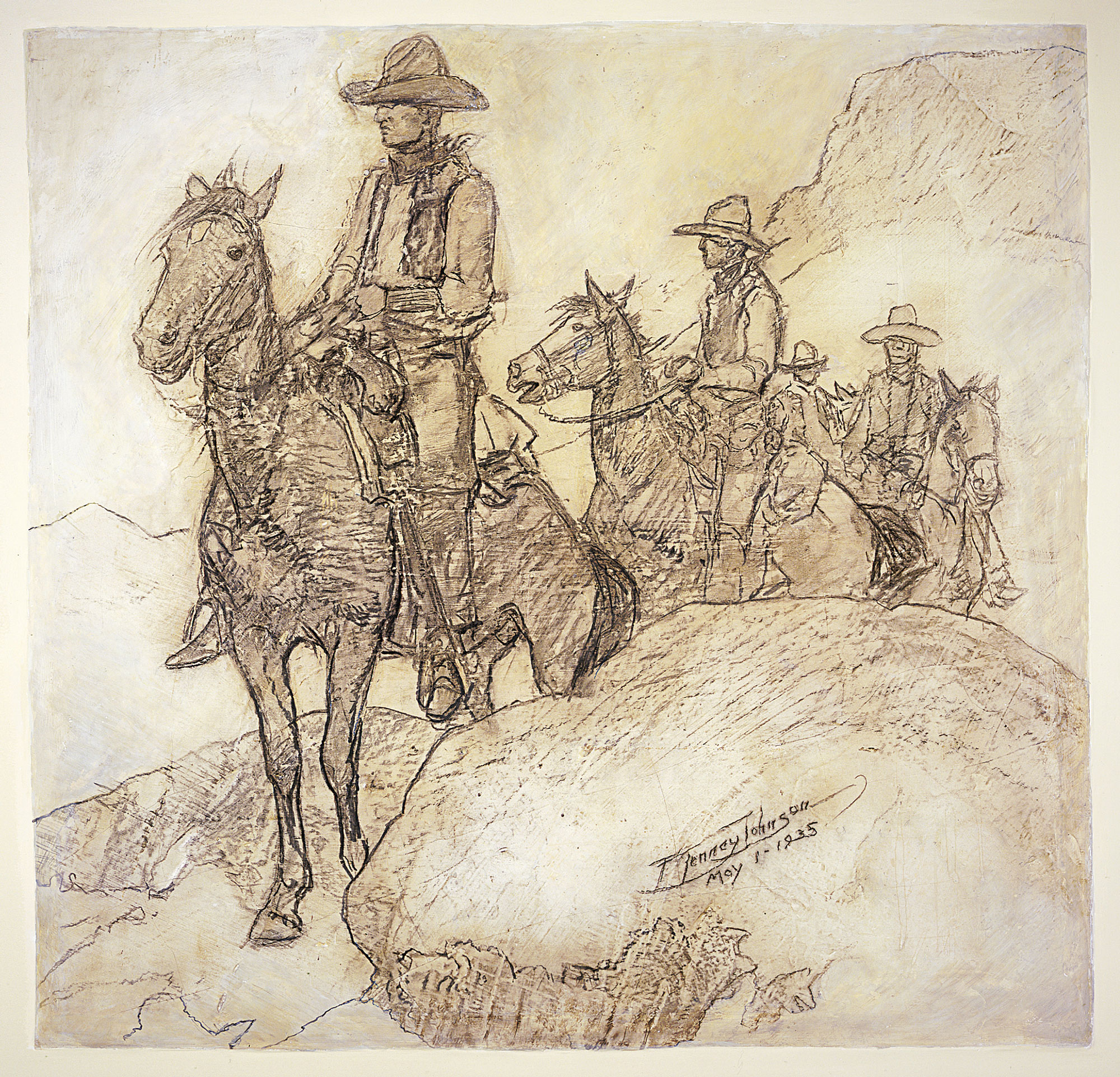
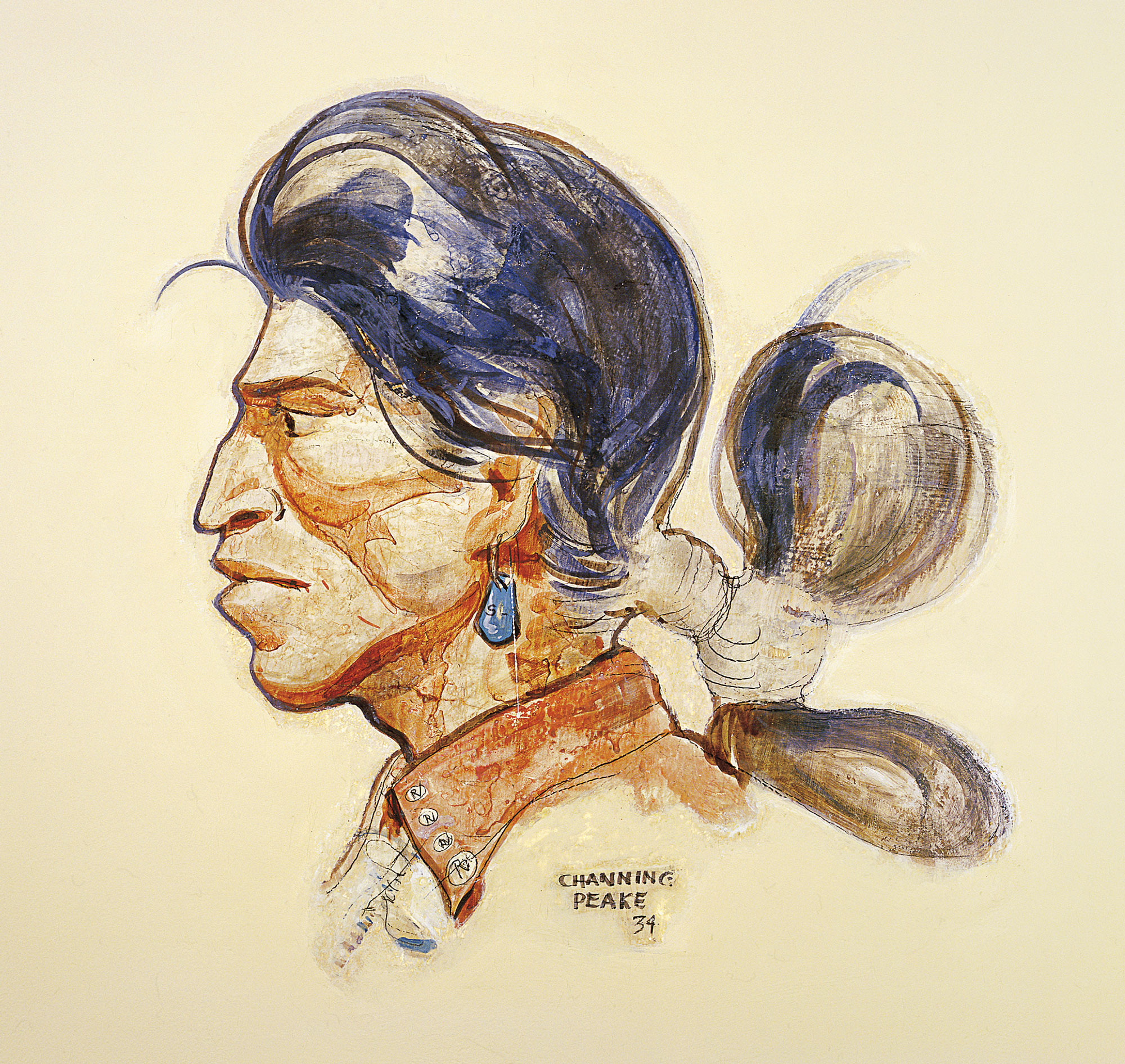
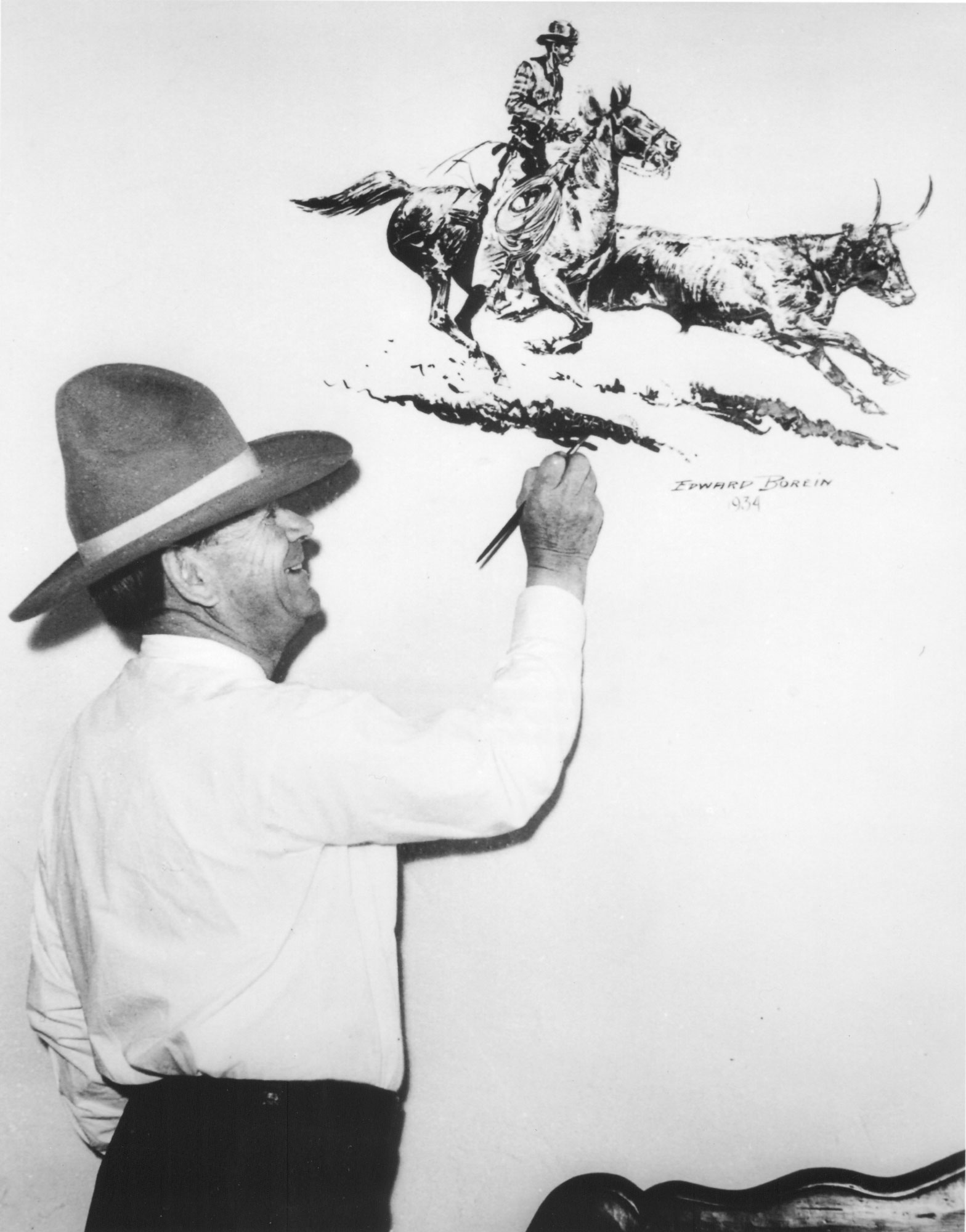
No Comments